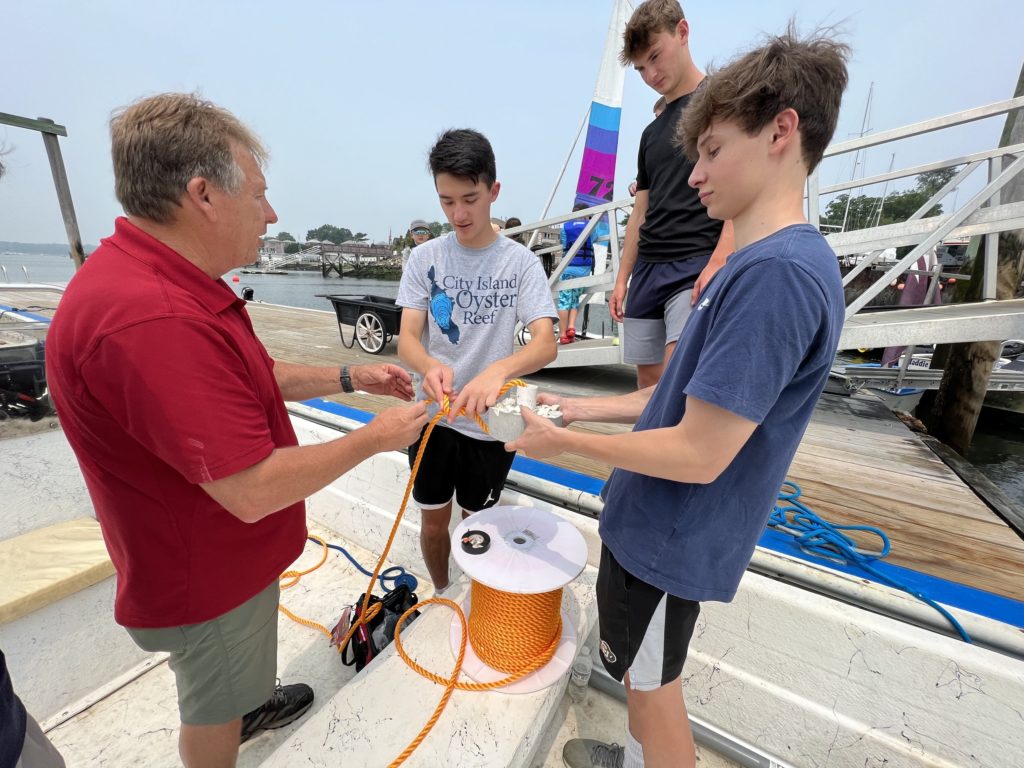Long Island Sound is home to all sorts of fascinating organisms. In this blog we will talk about some of these very cool creatures. We at City Island Oyster Reef usually encounter many interesting organisms in our Oyster Reef Station (ORS) cages. We’ve seen several different species of fish and all different kinds of invertebrates during our Saturday ORS monitoring.
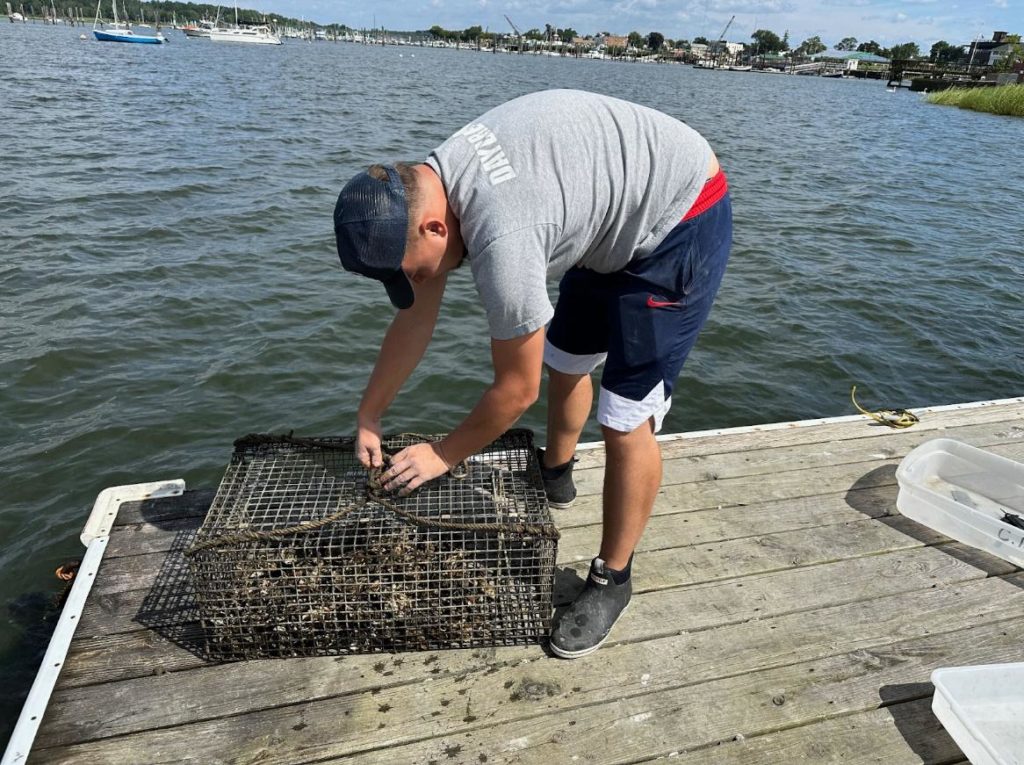
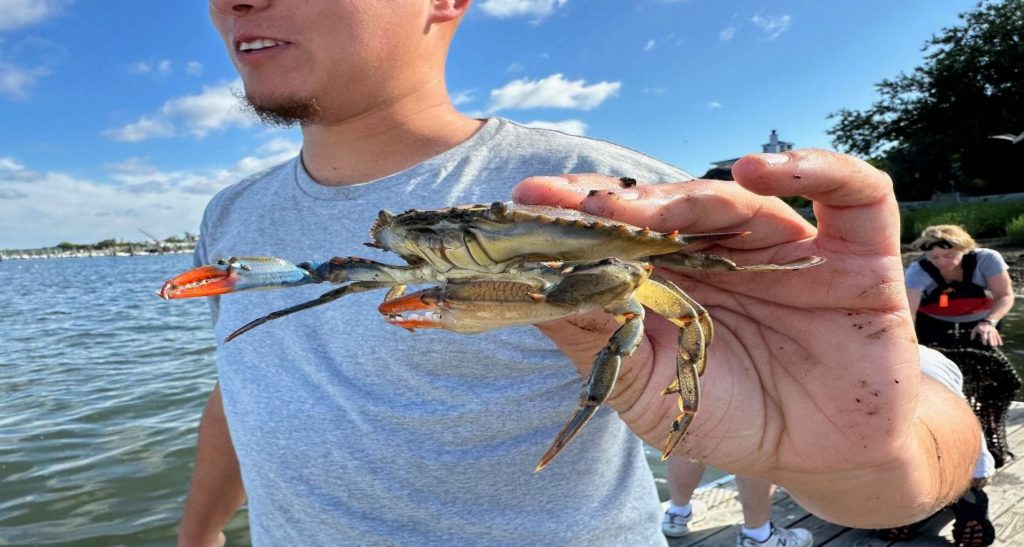
In the picture above, we have a blue claw crab that was found in one of our ORS cages. Blue claw crabs have two modified back legs for swimming and large claws that can give you a real pinch.

Another cool creature that we find hanging both inside and outside our ORS cages are spider crabs. They look prehistoric!
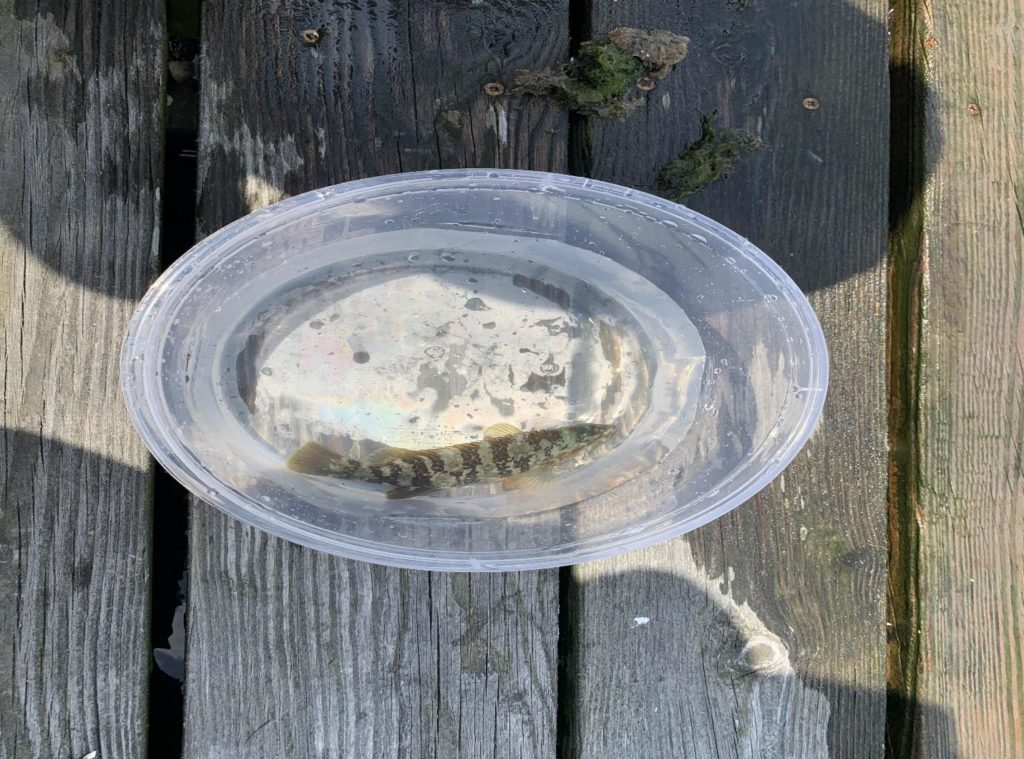
This is a blackfish, also known as tautog. We find lots of small blackfish like this one in our ORS cages. Blackfish love eating crabs, especially Asian crabs and green crabs, as well as blue mussels and bristle worms.
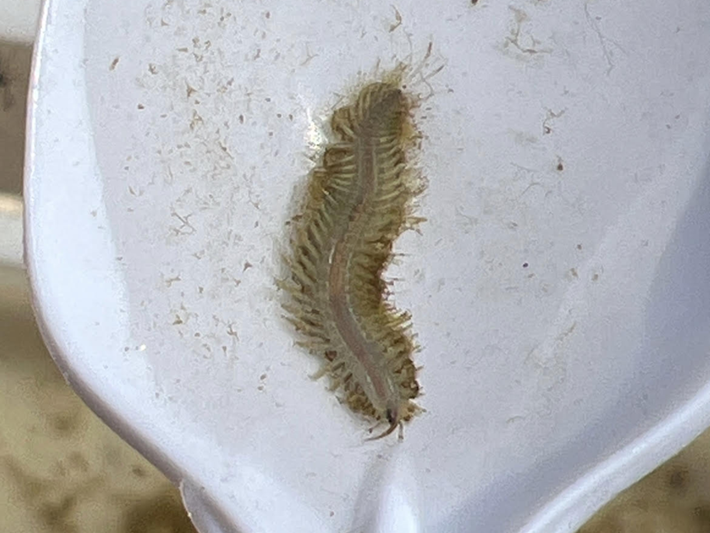
There are many different species of bristle worms in the Long Island Sound. This is an example of one such worm we found in an ORS cage. We usually find a lot of them; they serve as a food source for many different species of fish. Bristle worms have sharp fangs in their jaws made of copper, and they eat animal carcasses, algae, fish larvae, and other bristle worms.

